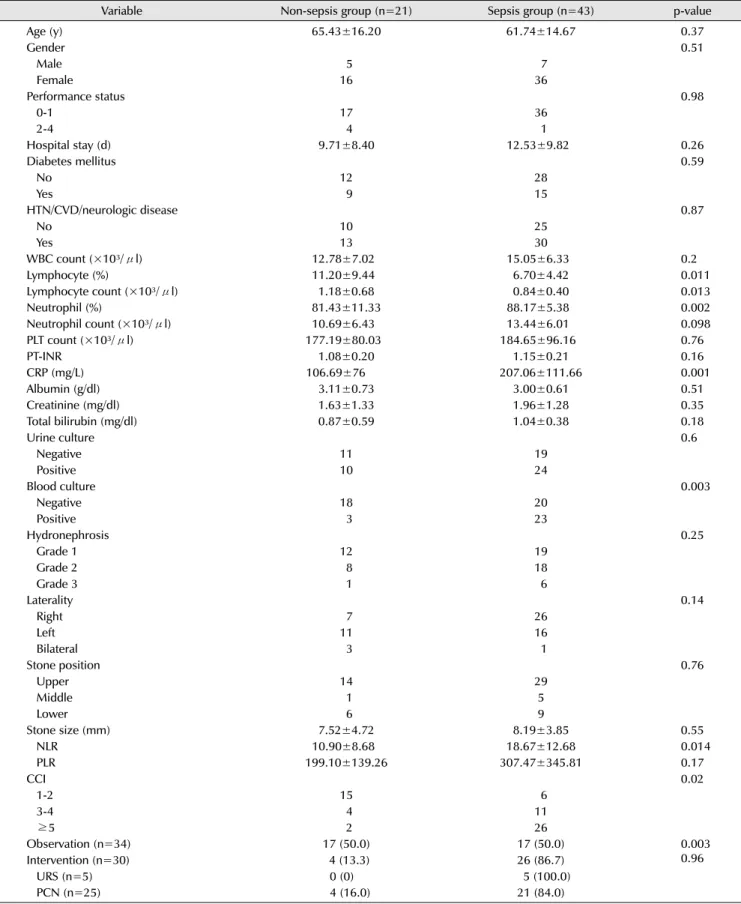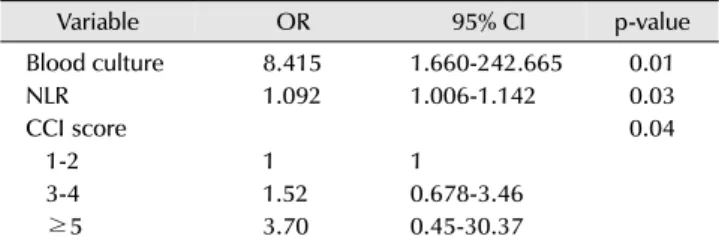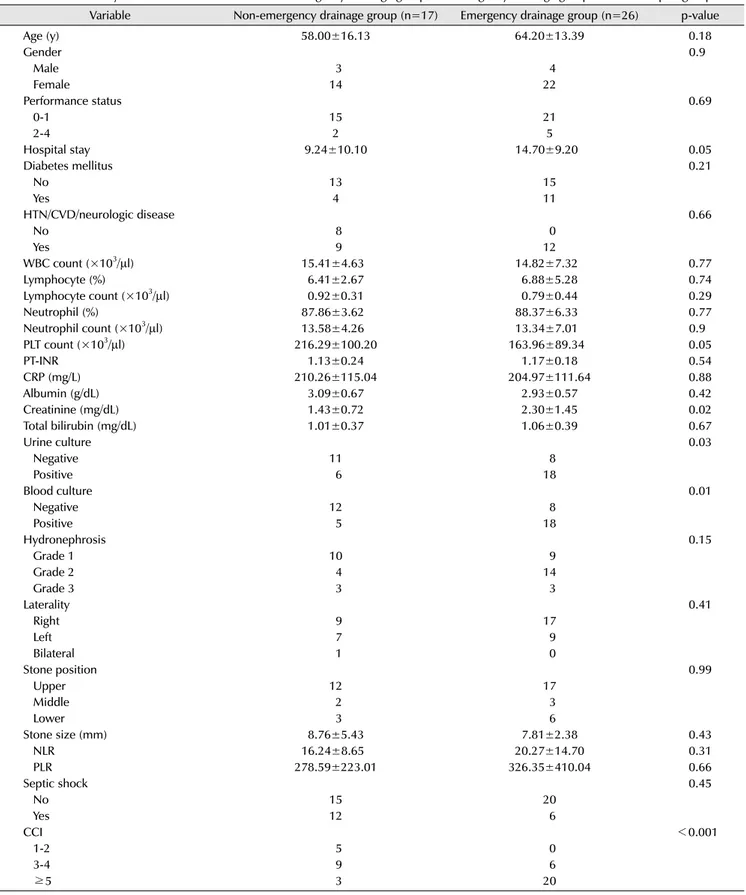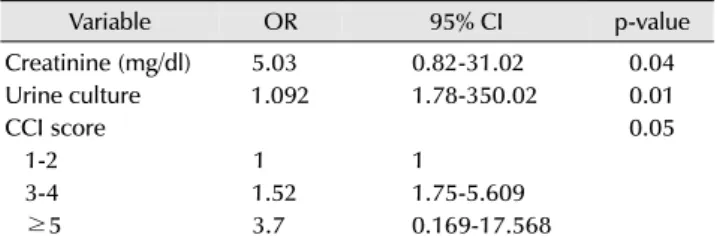Urogenit Tract Infect 2017;12(3):110-116
http://crossmark.crossref.org/dialog/?doi=10.14777/uti.2017.12.3.110&domain=pdf&date_stamp=2017-12-25
전체 글
http://crossmark.crossref.org/dialog/?doi=10.14777/uti.2017.12.3.110&domain=pdf&date_stamp=2017-12-25
수치




관련 문서
The effects of economic and cultural factors, state autonomy, institutional level, and policy network are crucial in accounting for the developmental pathway influencing
Pelvic floor muscle training versus no treatment for urinary incontinence in women.. Acute back pain: a control-group comparison of behavioral vs
The risk of complicated acute appendicitis should be evaluated in terms of medical factors, including psychi- atric disease entity, psychotropic prescription, and
Factors influencing nurses' intention to care for patients with COVID-19: Focusing on positive psychological capital and nursing
Objective : This study is to identify factors related to performance of hand washing in daily life for emergency Medical Technology students.. Methods : The study subjects
period was prolonged unavoidably, (3) by explaining the risk factors associated with the failure to patients honestly, and subsequently performing
A Retrospective Study of Prevalence and Risk factors for Neonatal Occipital
In the current study, I investigated the association between vascular risk factors as chronic ischemia of the prostate and BPH by conducting experiments to elucidate